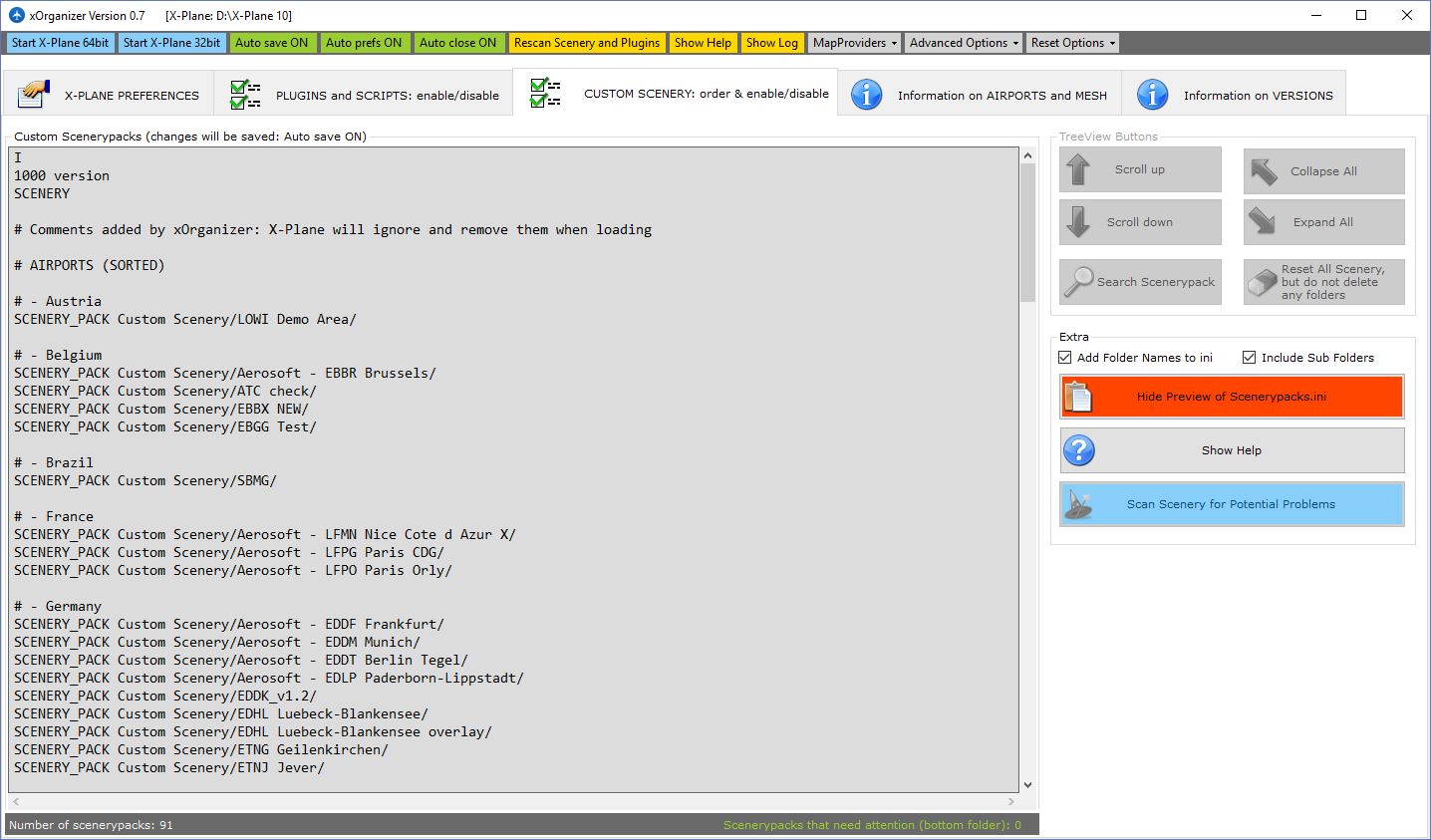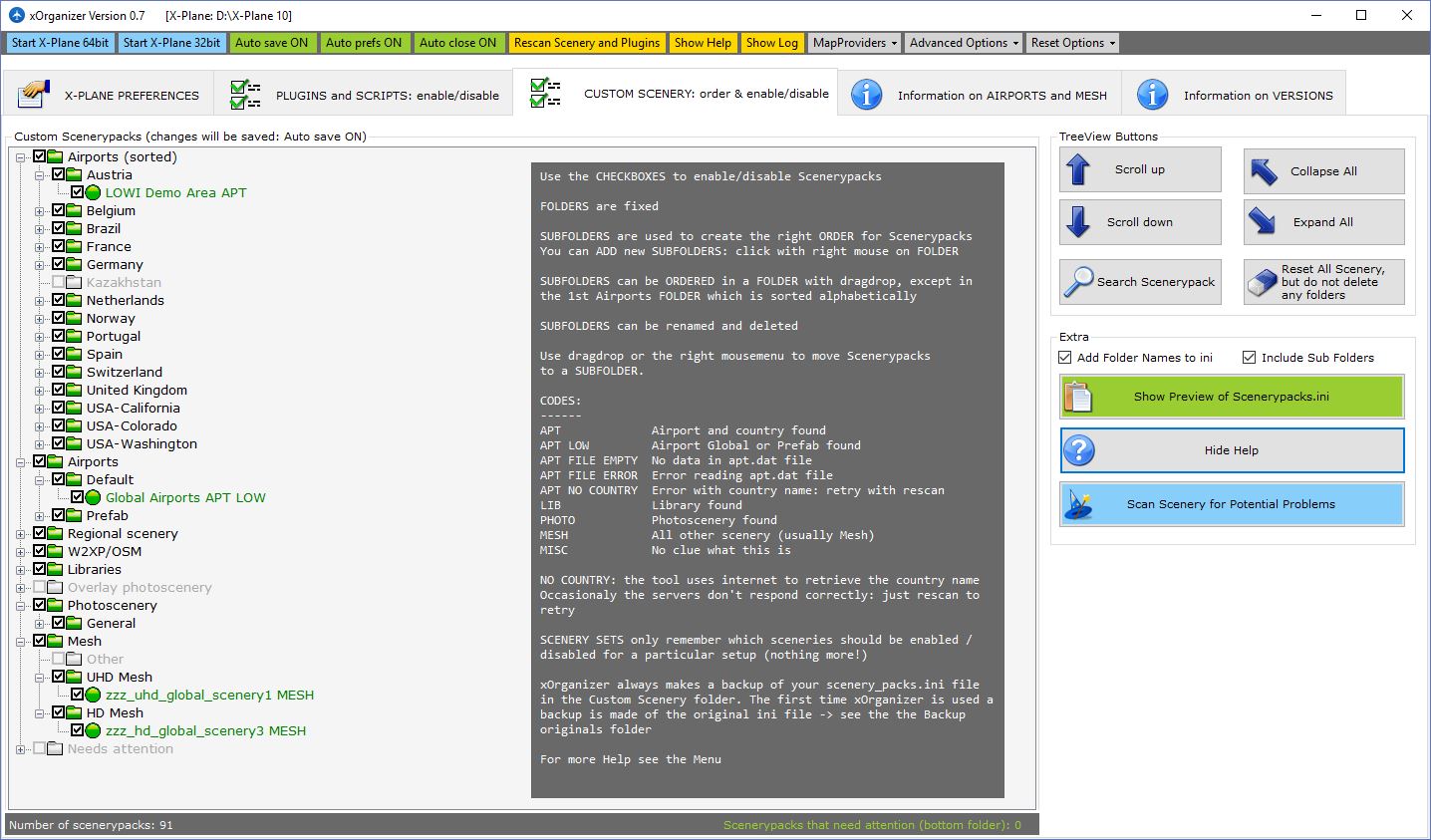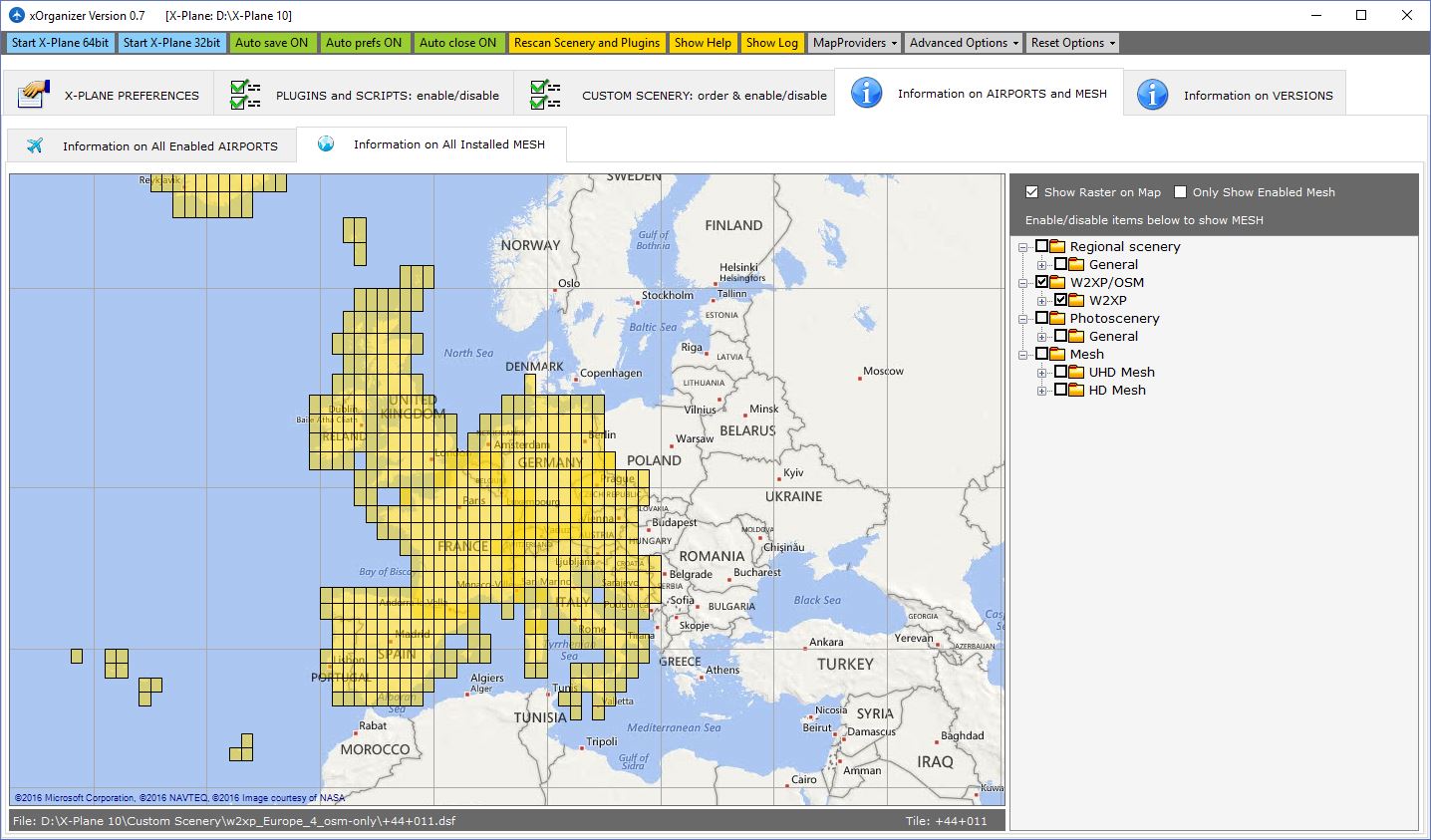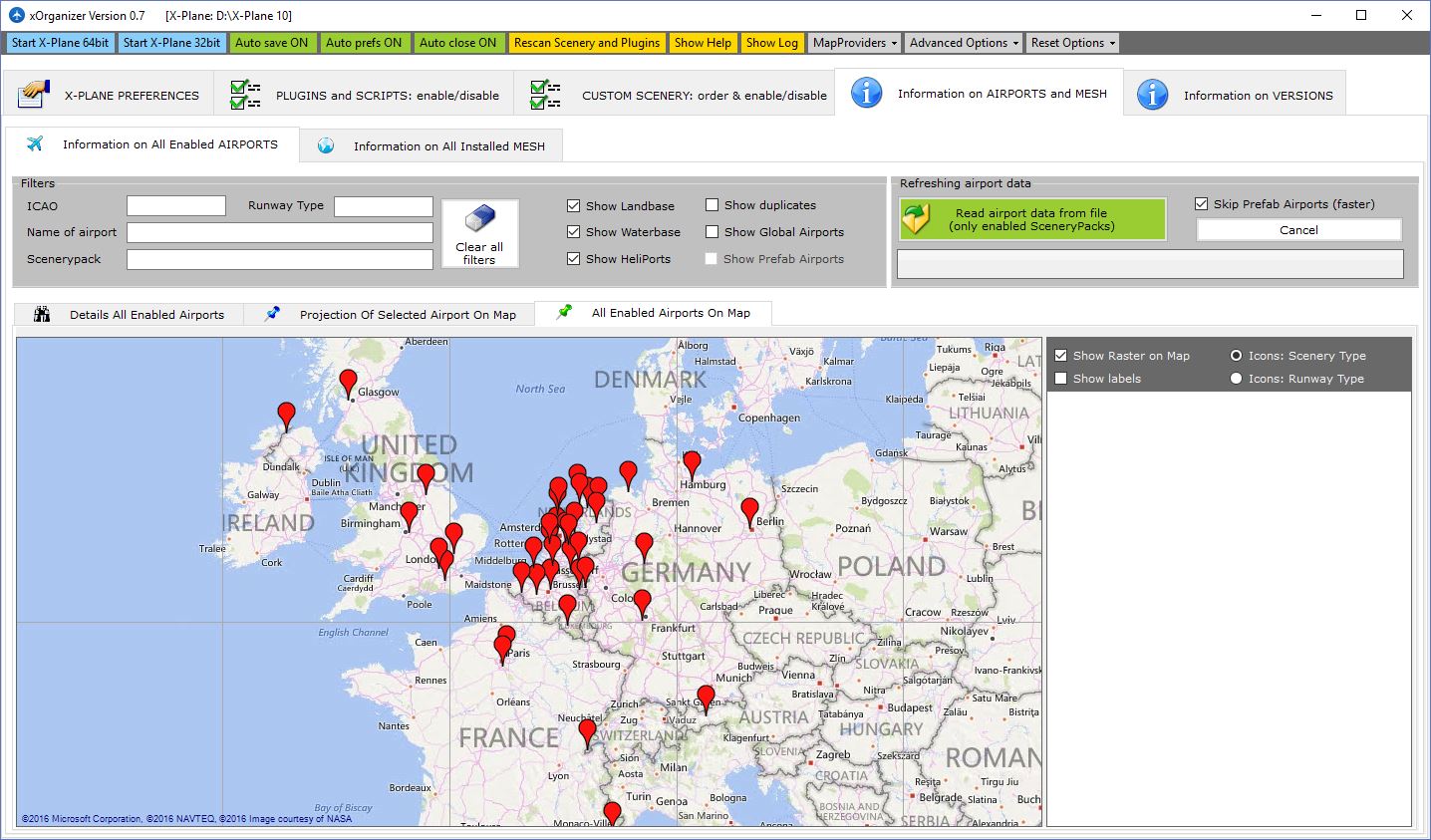Rob Ainscough, P3D beta tester and AVSIM moderator, has put online at AVSIM a user guide for Prepar3d. It’s already getting great reviews, and it’s free. Get it here, and here’s the description.
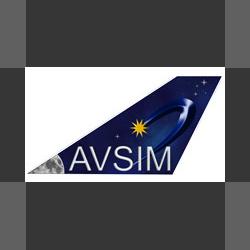 This AVSIM Prepar3D Guide will cover the following topics to help users get the most of Lockheed Martin’s Prepar3D platform. Some of the information in this guide is applicable to prior versions of Prepar3D (V2.x and V1.x), however the primary focus of this guide will be for Prepar3D V3.x onwards:
This AVSIM Prepar3D Guide will cover the following topics to help users get the most of Lockheed Martin’s Prepar3D platform. Some of the information in this guide is applicable to prior versions of Prepar3D (V2.x and V1.x), however the primary focus of this guide will be for Prepar3D V3.x onwards:
- Installation and purchase
- Updating to a more recent Version
- Configuring Graphics Settings
- Working with Configuration Files
- Configuring 3rd Party Add-Ons
- SimConnect
- Troubleshooting
- Hardware, Overclocking, Performance
- Input Control Devices (TrackIR, Yokes, Throttles)
The basic flow of this guide will take you thru; basic purchase and installation process, how to update your Prepar3D installation when new versions are released, configuring your graphics settings, exposing what settings increase process loads, adjusting you 3rd party products configuration settings to improve performance, some Prepar3D configuration settings (often called “tweaks”), setup of SimConnect (used by many 3rd party products), working thru compatibility with older FSX products, a quick guide to basic overclocking, and finally setting up input control devices (controllers).
This document will assume limited computer experience, but it will cover both easy and advanced topics. Parts of this document will expect users to understand how to use a text editor (like Notepad) to edit/modify content in text files.
Hopefully there is some information to be gain in this document for the new user and the experienced user.
